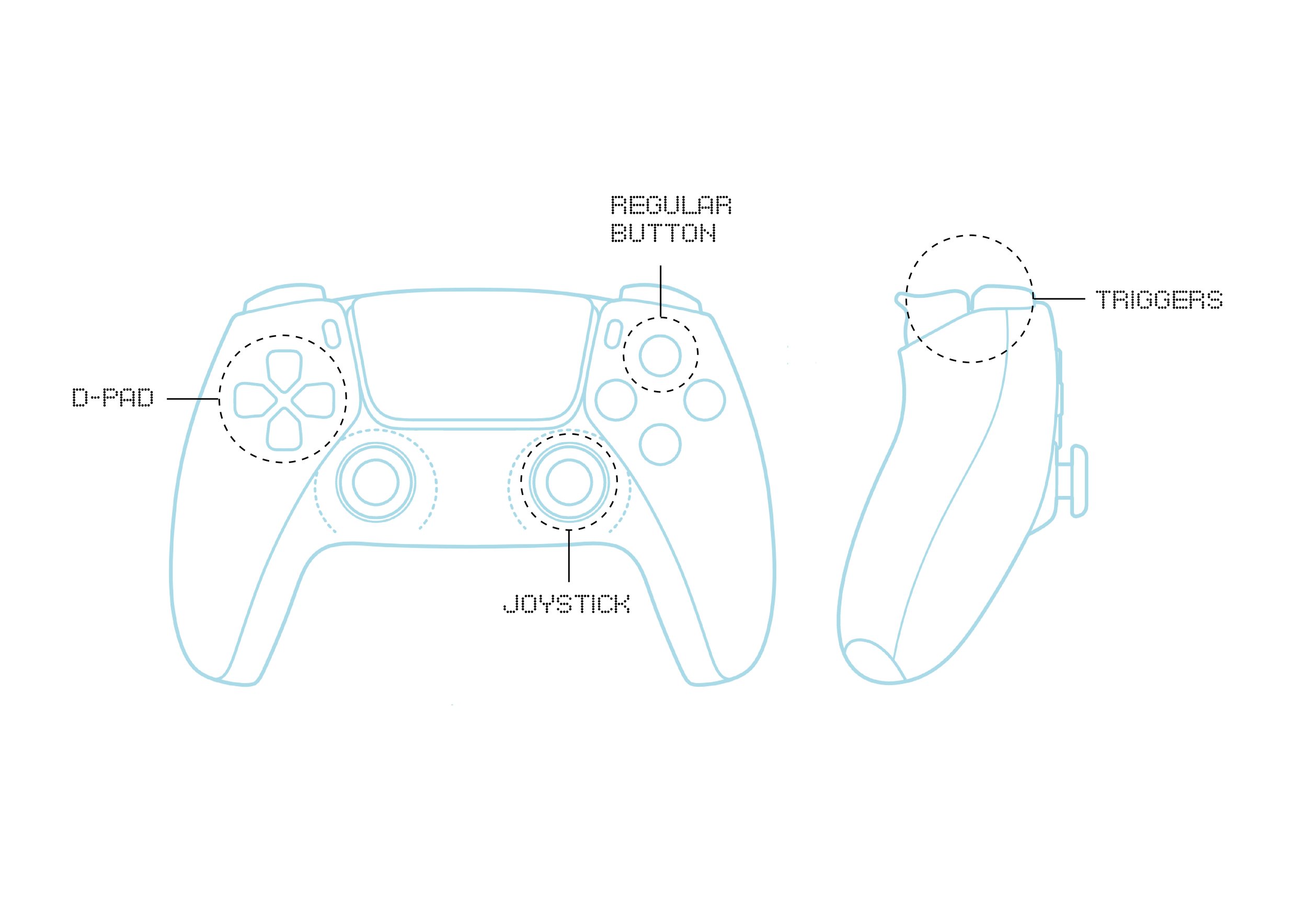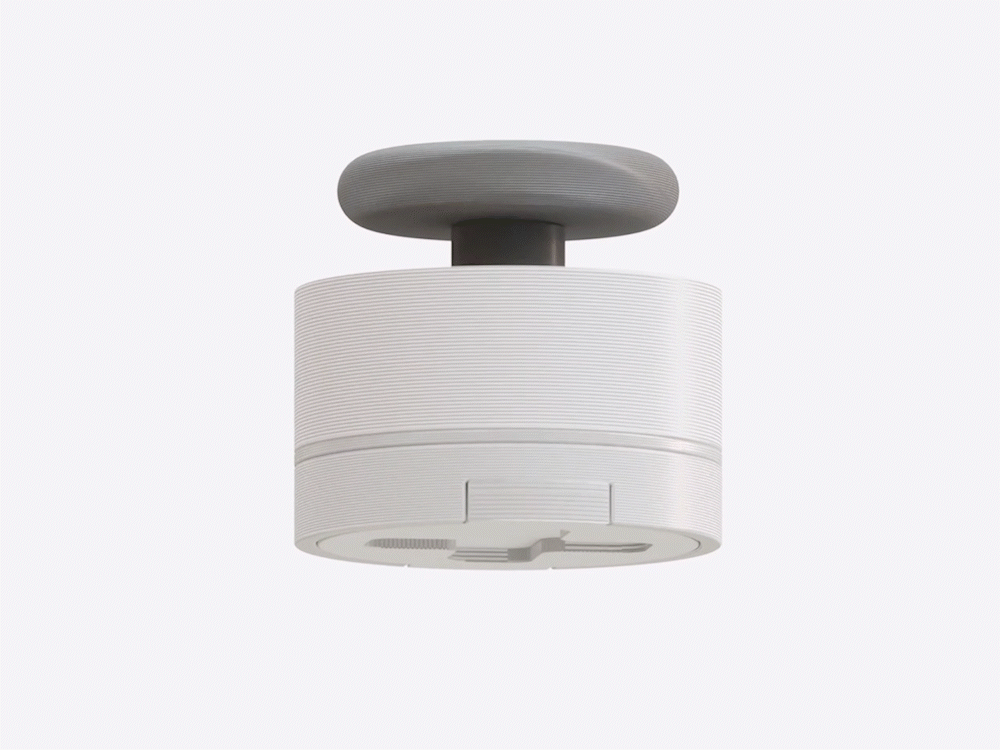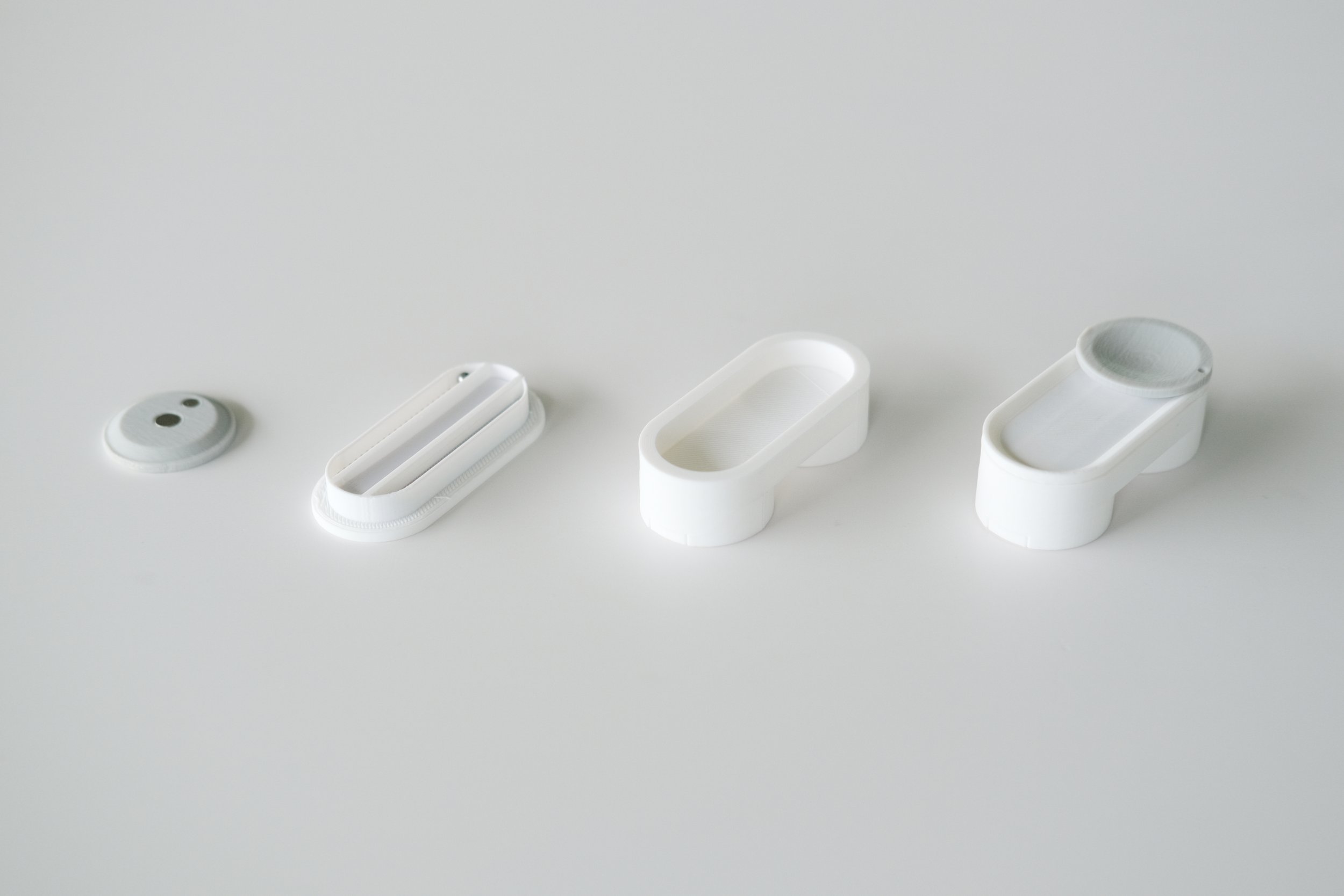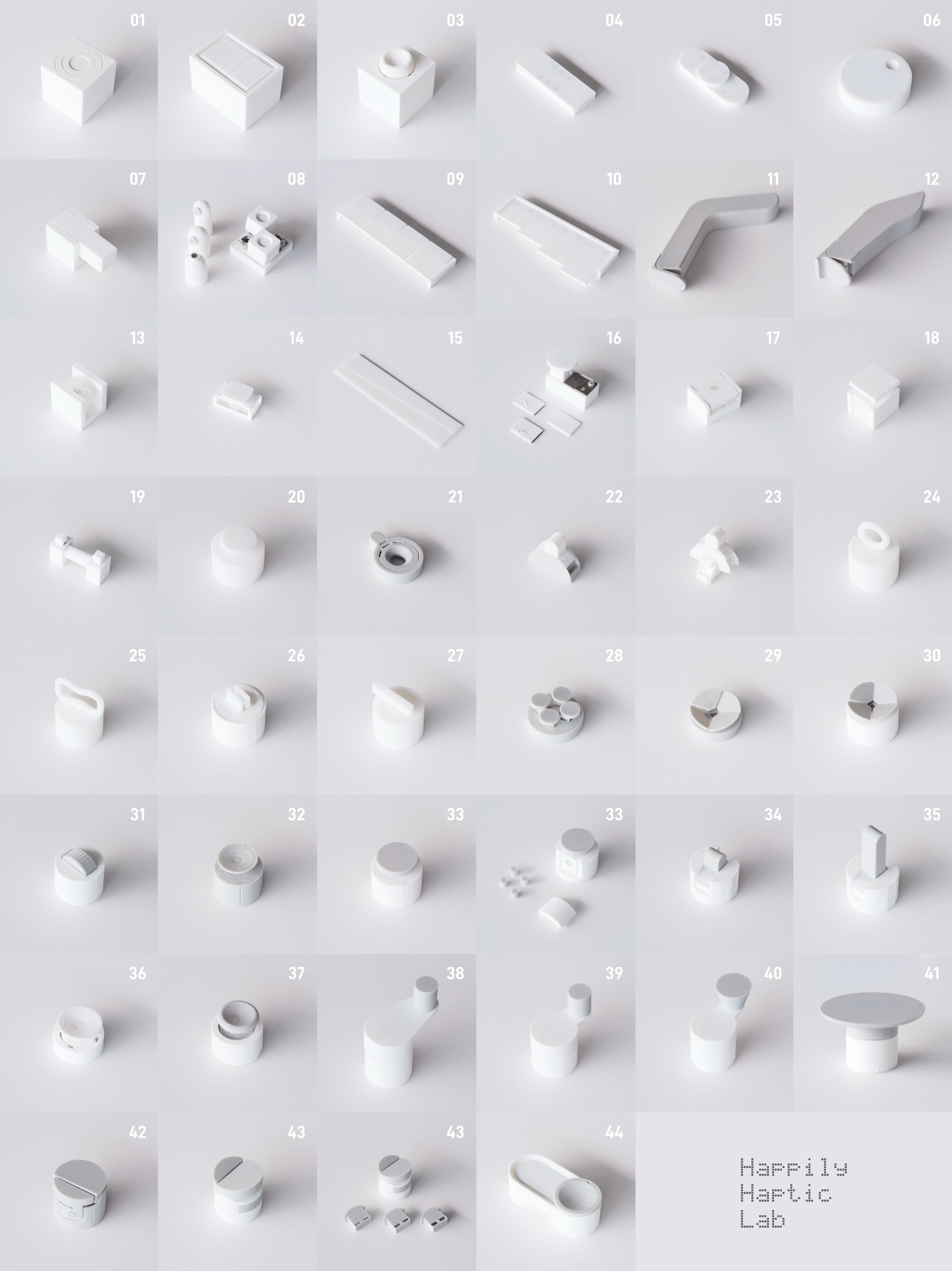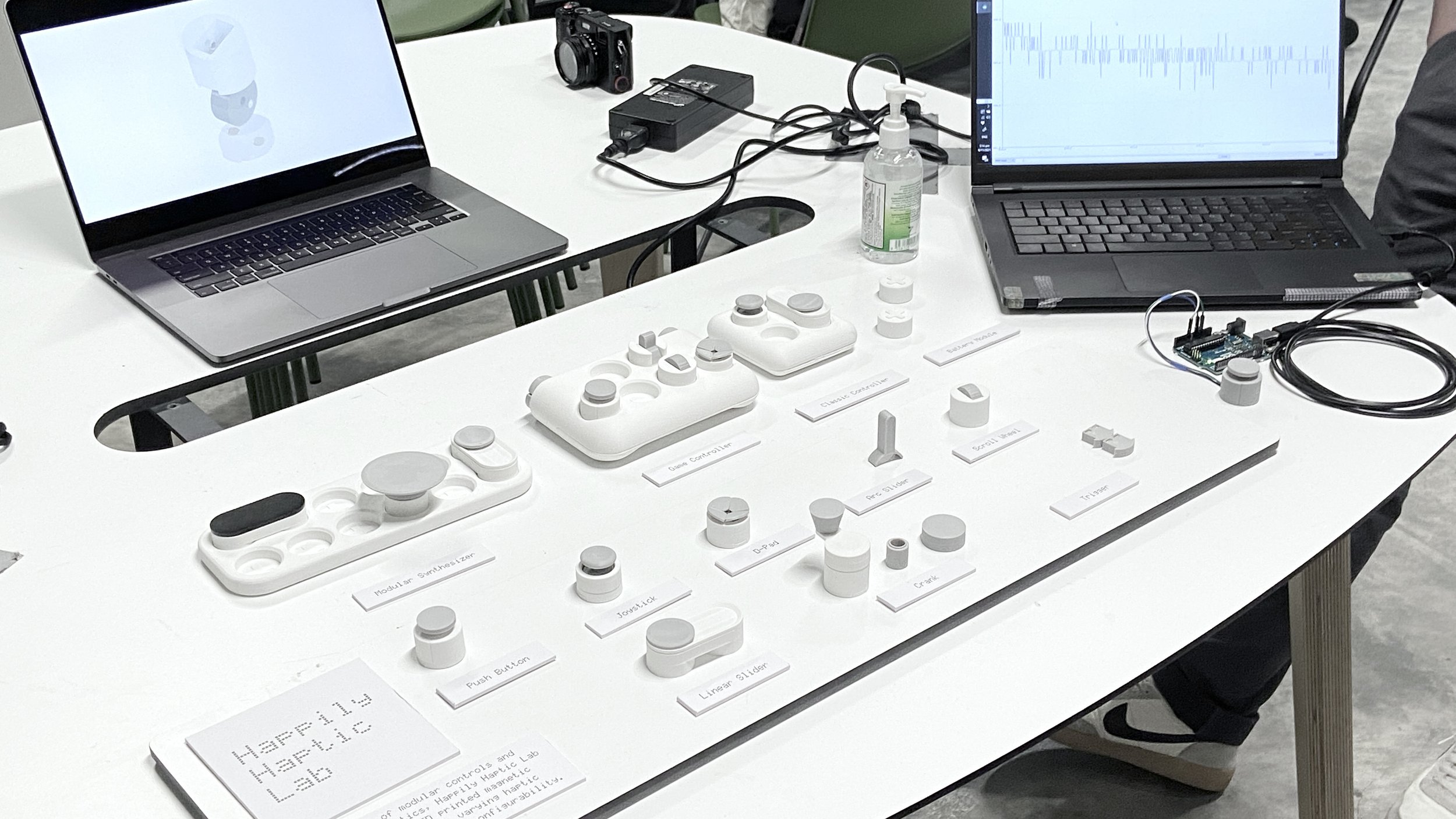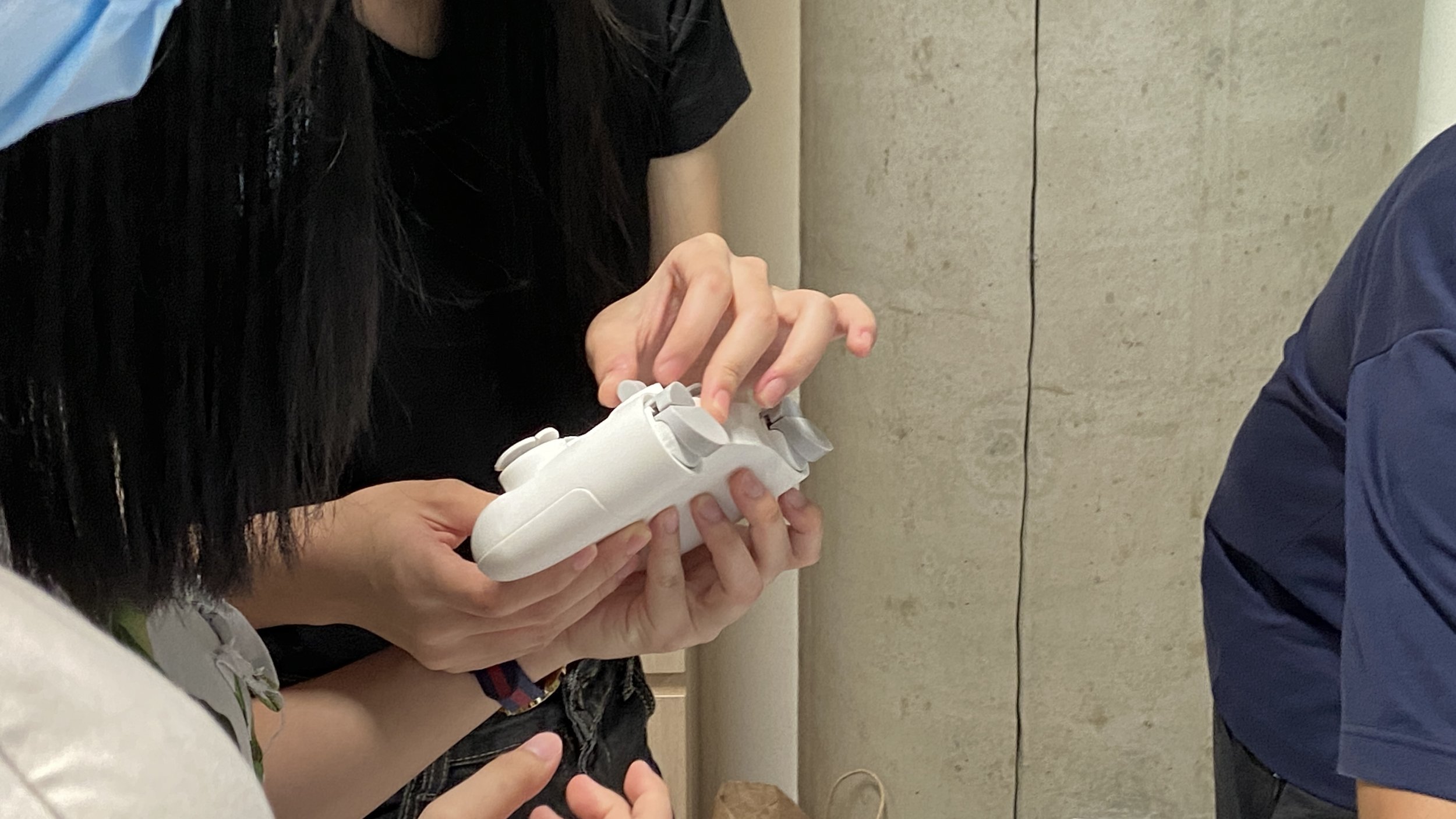Happily Haptic Lab
An exploratory research project focused on replicating and creating new haptic experiences. Using a standardised set of materials, consisting of 3D printed parts, magnets and hall effect sensors, we developed modular controls with customisable haptics for different types of control buttons.
Material-driven Passive Haptics:
Material explorations:
Our team explored and experimented with various possible materials such as foam, metallic strips, magnets, and 3D printed parts to create satisfying haptic feedback when the haptic system is being actuated with our fingers.
Common Passive Haptic Systems:
These mechanical buttons are often made with many different materials and parts, making them challenging to design and assemble.
Creating A Haptic Material System:
3D Printing + Magnets:
We chose to 3D print parts as they were easily customizable and could be easily fabricated which made it an ideal material for rapid prototyping. Magnets were also selected as they offered a wide range of haptic experiences while offering predictable behaviors and effects. The orientation of each magnet could also be captured using hall effect sensors.
With this recipe in mind, it offered endless opportunities for configurability and scenarios where we could design magnetic mechanisms to either replace existing conventions or create new ones.
Our Goal:
We hope to explore the possibility to reimagine a series of buttons that provides satisfying haptic using this material system while keeping it as simple as possible.
Data Communication:
Hall Effect Sensor:
With the help of one or multiple Hall Effect Sensors placed in a button, it is able identify the proximity of a magnet. Then perform an action in computer when magnetic field is detected. It could be a single action or a quantifiable input like a dial or slider.
Developments
Clicky Button version 1.0 :
With swappable capsules that contain different amounts of ⌀2mm magnets, the actuation force of Clicky Button could be customized to the user’s preference. Each black dot represents one magnet. The increment in the number of magnets results in heavier and louder clicks.
Click for more tryout documentation
MagHaptic:
How magnets create haptic sensations:
1) Subtle click when the magnet displaces
2) Tactile feedback when 2 magnets snap
3) Crisp click and sound when a magnet is repelled in a confined space
4) Creates subtle vibration and sound when the magnet sphere slides across the grooved surface.
5) Springy effect when a force is applied
What’s inside?
Iterations of Clicky button
Clicky button consists 4 main parts:
magnetic capsule, button, chassis, and cover
Iterations of D-pad
D-pad consists of 5 main parts:
the chassis and 4 leaf-like buttons that tilt upwards for easier control
The Slider creates subtle vibrations and ticks when the internal sphere magnet moves across the grooved surface
8 different buttons were designed for different input formats and with different haptic feedbacks
One haptic system, two materials, 8 different types of interactions
Possible application #1:
A modular game controller to house different combinations of buttons and input. Each button is wirelessly powered by the controller, making endless configurations possible.
Possible application #2:
The buttons could also be used as a MIDI controller to sequence music and play virtual music instruments.



